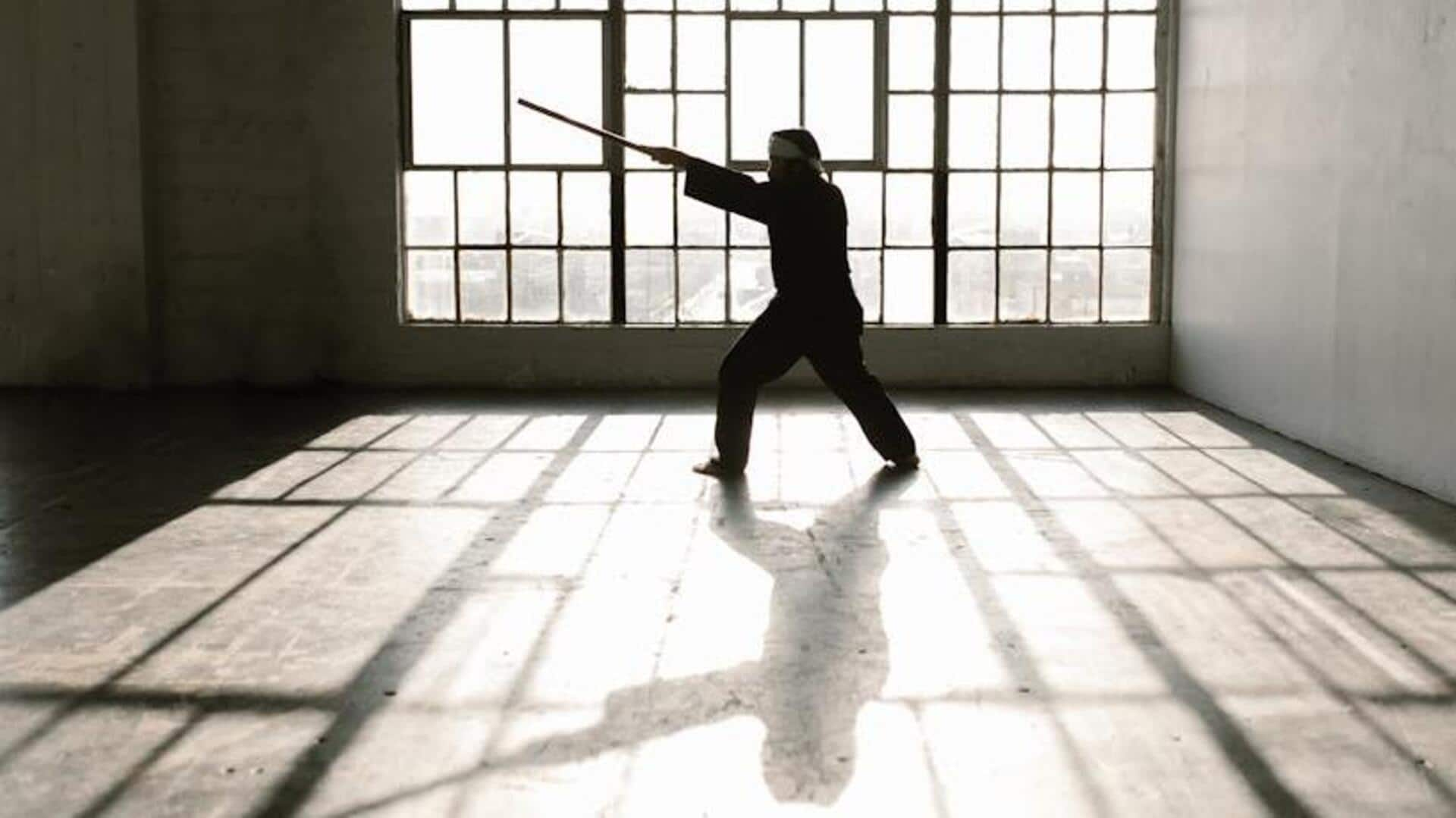
Tai Chi v/s Pilates: Which is better for stress relief?
What's the story
Tai Chi and Pilates are two of the most popular practices when it comes to relieving stress. Both have their own unique methods of improving mental and physical health. While Tai Chi involves slow, flowing movements and mindful breathing, Pilates focuses more on core strength and controlled movements. Knowing their differences can help you choose the one that best fits your stress-relief needs.
Movement 1
The flow of Tai Chi
Tai Chi is often described as meditation in motion. It involves performing a series of gentle, flowing movements in a slow, focused manner. The practice encourages deep breathing and mindfulness, which can significantly reduce stress levels. The emphasis on balance and coordination also helps in calming the mind, making it an effective method for those seeking relaxation.
Movement 2
Core strength with Pilates
Pilates revolves around developing core strength with specific movements and controlled breathing techniques. It helps tone muscles, improve posture and flexibility while enhancing mental focus. By focusing on body alignment and breath control, one can experience lesser tension and better relaxation. Pilates provides a structured way to release stress with physical exercise.
Movement 3
Mindfulness in motion: Tai Chi's approach
The mindfulness component of Tai Chi is integral to its efficacy in stress relief. Participants are guided to concentrate on every movement purposefully, creating a sense of being present which can reduce anxiety. The rhythmic quality of Tai Chi facilitates relaxation by synchronizing the body and mind together.
Movement 4
Breathing techniques in Pilates
Breathing plays an integral role in both Tai Chi and Pilates, but it assumes a different form in both practices. In Pilates, you use breath control to increase movement efficiency while focusing on the exercise during leg circles or roll-ups. This helps with physical performance as well as mental clarity as it reduces distractions caused by external stresses.